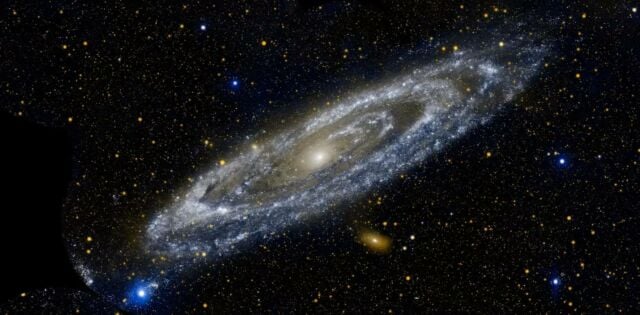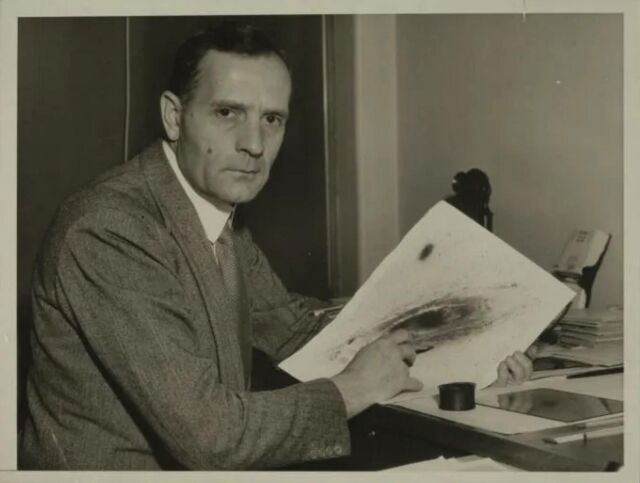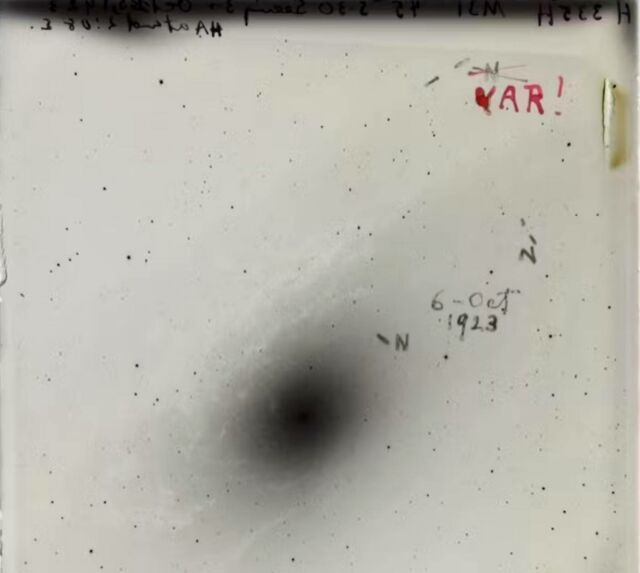 Andromeda galaxy. NASA
Andromeda galaxy. NASA
It’s been 100 years since we discovered the Milky Way isn’t the only galaxy.
On November 23, 1924, a small article on page six of the New York Times announced a groundbreaking discovery. Under the headline “Finds Spiral Nebulae Are Stellar Systems,” Edwin Hubble confirmed that some spiral-shaped nebulae once thought to be part of the Milky Way, were actually “island universes”—galaxies far beyond our own. Among them were the Andromeda and Messier 33 galaxies, the closest large galaxies to the Milky Way.
 Edwin Hubble. NASA
Edwin Hubble. NASA
Hubble’s work fundamentally changed our understanding of the cosmos. Once again, humanity was displaced from the center of the Universe, as his findings revealed a vast expanse filled with billions, perhaps trillions, of galaxies.
This discovery marked the start of a new era in astronomy, paving the way for modern cosmology. Decades later, the Hubble Space Telescope was named in his honor, a fitting tribute to the man whose passion for the stars redefined humanity’s place in the Universe.
 Andromeda galaxy discovery. wikimedia
Andromeda galaxy discovery. wikimedia
source TheConversation





Leave A Comment